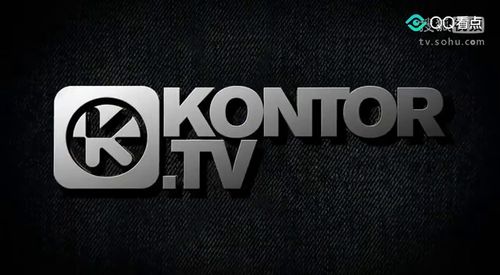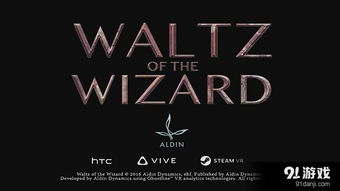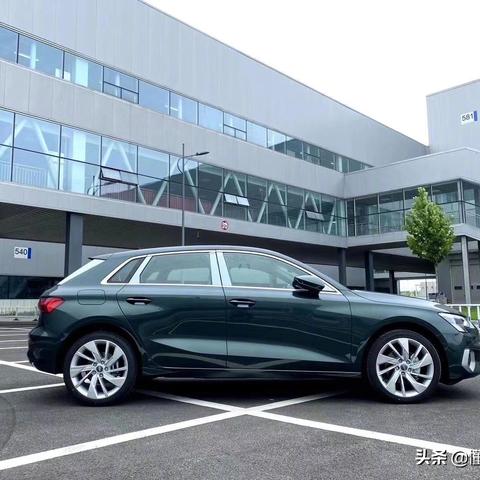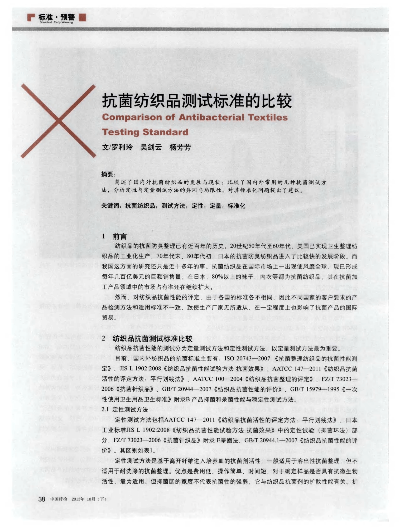The Advancements in Textiles with PTFE Coating:A Comprehensive Guide
This comprehensive guide delves into the remarkable advancements in textiles with PTFE (Polytetrafluoroethylene) coating. The introduction to this topic highlights the significance of PTFE as a versatile material that has revolutionized the fabric industry, offering enhanced properties such as resistance to chemicals, moisture, and heat. The guide provides a detailed overview of the various types of PTFE coatings used in textiles, including thermal, chemical, and flame-resistant coatings. It also discusses the benefits of these coatings, such as improved durability, reduced maintenance costs, and increased safety for workers. Additionally, the guide explores the application of PTFE coatings in different industries, including automotive, electronics, and sportswear. Finally, it concludes with a summary of the key points and recommendations for those looking to incorporate PTFE coatings into their textile products.
Introduction: Textiles, the fabric of our lives, have undergone a significant transformation over the years. One such innovation that has revolutionized the textile industry is the application of PTFE (Polytetrafluoroethylene) coating on textiles. This innovative technology has led to enhanced properties, improved durability, and extended lifespan for various fabrics. In this guide, we will delve into the world of PTFE coating and its impact on the textile industry.
Part 1: What is PTFE Coating? PTFE coating is a thin layer of Teflon®, a high-temperature, fluorocarbon polymer, applied to textile substrates to enhance their performance. It provides excellent chemical resistance, heat resistance, and moisture resistance, making it ideal for use in harsh environments.
Part 2: Advantages of PTFE Coating
- Enhanced Durability: PTFE coating significantly increases the lifespan of textiles by providing them with increased resistance to wear and tear.
- Improved Water Repellency: PTFE coating helps textiles retain their shape and prevent water absorption, making them ideal for outdoor use.
- Increased Chemical Resistance: PTFE coating protects textiles from chemicals, making them suitable for applications where they may come into contact with harmful substances.
- Reduced Maintenance Costs: Due to its superior durability, PTFE-coated textiles require less maintenance and have a lower overall cost of ownership.
- Enhanced Safety: PTFE coating provides an additional layer of protection against fire and other safety hazards.
Part 3: Applications of PTFE Coating in Textiles

- Sportswear: PTFE-coated sportswear is used in professional sports like tennis, basketball, and soccer. These garments are designed to withstand intense physical activity and harsh conditions.
- Outdoor Gear: PTFE-coated clothing and accessories are perfect for outdoor enthusiasts who spend time in extreme weather conditions. They provide protection against rain, snow, and extreme temperatures.
- Medical Equipment: PTFE-coated medical equipment is used in hospitals and clinics to reduce the risk of infection. It is also used in surgical gowns and gloves to prevent cross-contamination.
- Automotive: PTFE-coated automotive parts offer improved durability and longer lifespan compared to traditional materials.
- Home Appliances: PTFE-coated appliances such as ovens, refrigerators, and washing machines are designed to withstand harsh conditions and last longer.
Part 4: Challenges and Considerations While PTFE coating offers numerous benefits, there are some challenges that need to be considered. For instance, the application process can be time-consuming and expensive, and the coating may not adhere well to certain substrates. Additionally, the environmental impact of using Teflon® should be taken into account, as it is a petroleum product and its disposal poses a potential threat to the environment.
Conclusion: The introduction of PTFE coating has revolutionized the textile industry, offering improved durability, functionality, and sustainability. As technology continues to advance, we can expect even more innovative solutions to emerge, further enhancing the performance of textiles. By understanding the benefits and limitations of PTFE coating, businesses can make informed decisions about incorporating this technology into their products and services.
PTFE涂层在纺织品中的重要性
在当今的纺织行业中,PTFE涂层以其卓越的性能和环保特性,成为了提升产品品质和竞争力的关键,PTFE涂层不仅赋予纺织品优良的耐磨、抗腐蚀、抗刮擦等特性,还能有效延长产品的使用寿命,提高产品的环保性能。
PTFE涂层的制备工艺
PTFE涂层的制备工艺主要包括原料选择、配方设计、涂层设备选择和涂层过程控制等环节,需要选择高质量的PTFE原料,确保涂层的质量和性能,根据产品需求和性能要求,设计合适的配方,涂层设备是制备PTFE涂层的核心设备,需要具备高效、稳定、环保等特点,在涂层过程中,需要严格控制温度、压力、时间等参数,确保涂层的均匀性和一致性。
PTFE涂层在纺织品中的应用案例
某高端运动服饰品牌,采用PTFE涂层技术,提升了产品的耐磨性和抗刮擦性能,该品牌推出的新款运动鞋采用了先进的PTFE涂层工艺,不仅外观时尚,而且耐磨性更强,使用寿命更长。

某环保纺织品制造商,通过在纺织品表面涂覆PTFE涂层,提高了纺织品的抗污染性能和环保性能,该涂层不仅具有优良的耐磨、抗腐蚀性能,还能有效阻止污染物附着在纺织品表面,减少环境污染。
PTFE涂层的特点及其优势
PTFE涂层具有优良的耐磨、抗腐蚀、抗刮擦性能,同时还具有优良的环保性能,PTFE涂层还具有较高的机械强度和韧性,能够适应各种恶劣环境,PTFE涂层还具有较好的绝缘性能和防潮性能,能够提高产品的电气性能和防水性能。
PTFE涂层的制备过程及其注意事项
在制备PTFE涂层时,需要注意原料的选择、配方的设计、涂层设备的选择和涂层过程的控制等环节,需要选择高质量的PTFE原料,确保涂层的质量和性能,需要根据产品需求和性能要求,设计合适的配方,在涂层过程中,需要严格控制温度、压力、时间等参数,确保涂层的均匀性和一致性,还需要注意环境保护和安全生产等方面的问题。
英文案例说明
以某高端运动服饰品牌为例,其采用先进的PTFE涂层技术,提升了产品的耐磨性和抗刮擦性能,该品牌推出的新款运动鞋采用了先进的PTFE涂层工艺,不仅外观时尚,而且穿着舒适度高,受到了消费者的广泛好评,该品牌还注重环保和可持续发展等方面的问题,采用了环保材料和技术手段,提高了产品的环保性能和可持续性。
PTFE涂层在纺织品中的应用越来越广泛,其优良的性能和环保特性为纺织品的发展带来了新的机遇和挑战,在制备PTFE涂层时,需要注意原料的选择、配方的设计、涂层设备的选择和涂层过程的控制等环节,还需要注意环境保护和安全生产等方面的问题,通过不断的研究和创新,相信PTFE涂层将在纺织品领域发挥更大的作用。
Articles related to the knowledge points of this article:



